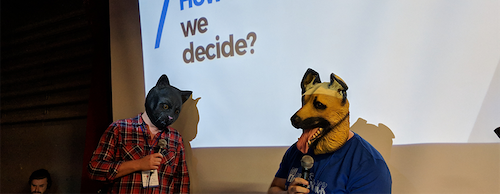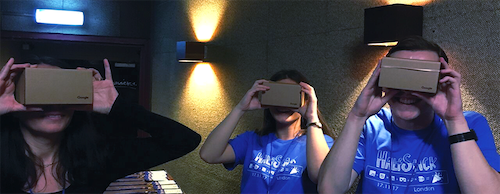
Our Illustrious Presenters
Each of our events has between 8 and 12 sessions. We update our presenter information regularly. We usually save a few details to give you some surprises on the day of the event, including the order of the sessions.
 HalfStack
HalfStack2026 lineup
This is our first wave of presenters for 2026. We will continue announcing more details as the event approaches
 William Blankenship
William BlankenshipTo be revealed
William wowed us in 2022 with an incredible JS & AI talk when that was a new topic. Last year William showed us the idea of building an easy to use peer-to-peer social network. We can't wait to reveal what William has planned for 2026!
 Luis Montes
Luis MontesTo be revealed
Luis creates amazing ideas that combine gaming, emerging web standards, and hardware. We'll soon share what Luis has planned for HalfStack Phoenix!
 Malak Janus
Malak JanusTo be revealed
To be revealed
 Chris DeMars
Chris DeMarsClose Encounters of the Data Kind: Exploring UFO Sightings
Have you ever rewatched a shaky video over and over trying to tell if something was a UFO? Chris has too and will explore a data-driven way to get to the bottom of it all, enhancing our understanding of close encounters.
 Mike Wolfson
Mike WolfsonThe UI of AI
First, the mobile revolution forced us to master touch. Now, AI is driving the next tectonic shift. This session explores the emerging conversational and adaptive UIs that move beyond static screens to dynamic dialogue.
 HalfStack
HalfStackAfterparty (Dinner, JS Pub Quiz, Retro Tech movie, and Karaoke)
We will kick off the afterparty with Battledecks, a tech improv game. You have 5 minutes to pitch a fake tech startup from a randomly generated slide deck. Then we'll proceed in teams with our unique JS Pub Quiz and prizes! Then we'll have dinner and watch a retro tech movie, and we'll conclude with karaoke!





